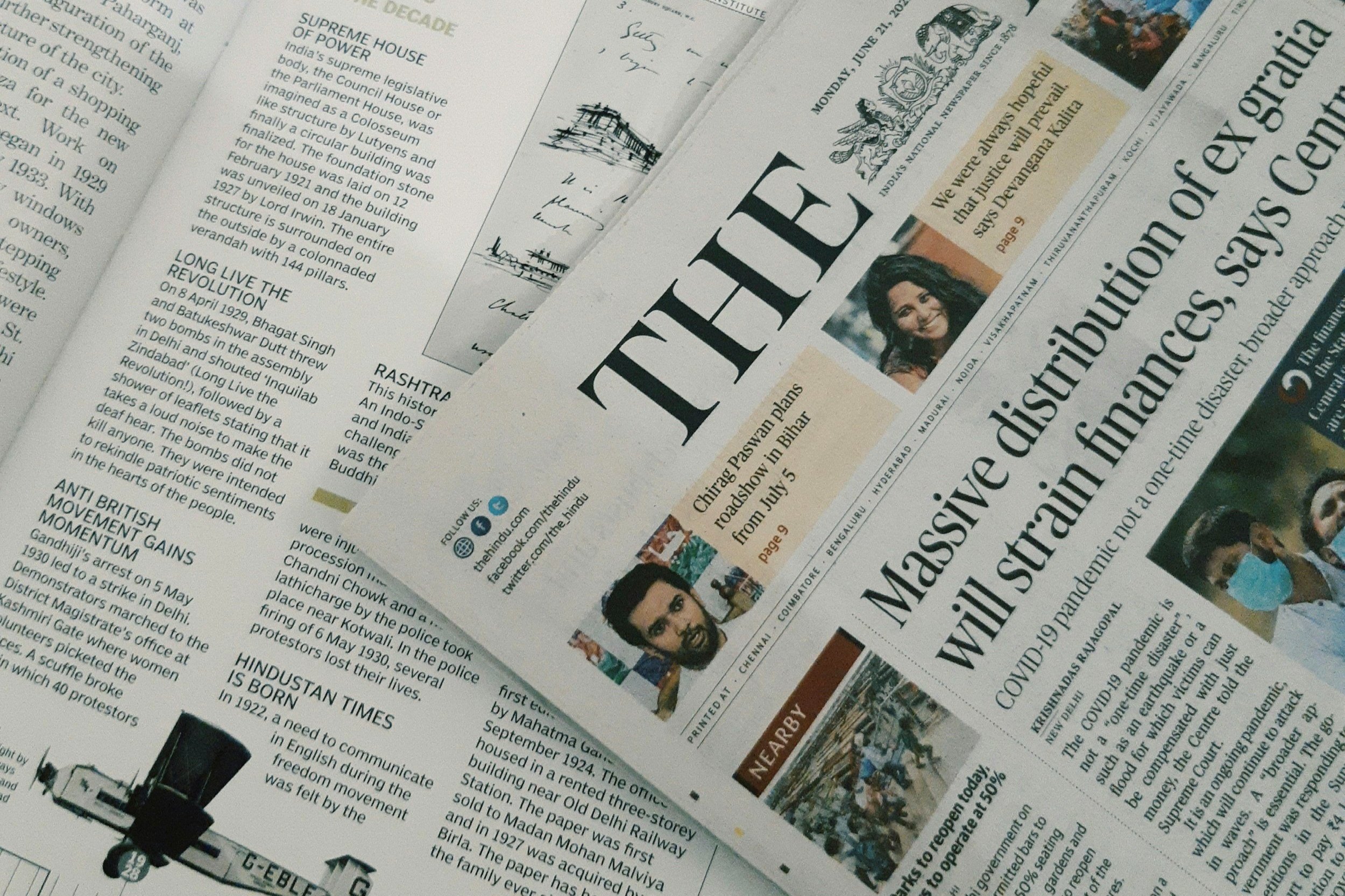The Benefits of Using Both Digital and Print Media for Marketing
In today’s fast-paced marketing landscape, businesses have more options than ever before when it comes to reaching their target audience. The rise of digital marketing has provided companies with powerful tools to engage with consumers online, but print media still holds a valuable place in the marketing mix. In fact, combining both digital and print media can create a comprehensive strategy that amplifies your message, builds brand recognition, and drives results.
Here’s why leveraging both digital and print media is a smart move for any business.
1. Enhanced Reach and Audience Engagement
Each marketing channel has its strengths, and by using both digital and print media, you can extend your reach to a broader audience. While digital platforms like social media, email, and search engines offer fast, real-time engagement, print materials like brochures, flyers, and direct mail provide a tangible experience that leaves a lasting impression. Some customers prefer the immediacy of online interactions, while others may trust physical materials more. By incorporating both, you cater to the preferences of different audience segments, ensuring no one is left out.
2. Increased Brand Recall
Print media has a unique ability to leave a lasting impression. Studies show that people are more likely to remember a brand or message they’ve encountered through physical means. Printed materials are tactile, and the experience of holding a brochure or flipping through a magazine can create a stronger emotional connection with the reader. Pairing this with the instant accessibility of digital marketing allows your brand to remain top-of-mind in both the virtual and physical worlds.
For example, a customer might see an ad online, receive a postcard in the mail, and visit your website later. Each touchpoint reinforces the message and increases the chances of brand recall.
3. Improved Credibility and Trust
Print media often carries an inherent sense of legitimacy and credibility. High-quality printed materials can convey professionalism and trustworthiness, which can be especially important for industries like healthcare, finance, or legal services. While digital ads can sometimes be viewed as fleeting or intrusive, a well-designed print piece feels more personal and thoughtful. By combining digital’s broad reach with print’s trust-building capabilities, you can create a well-rounded strategy that boosts your credibility with customers.
4. Cross-Promotion Opportunities
Using both digital and print media opens the door to creative cross-promotion opportunities. You can guide your audience from one platform to another, encouraging interaction in multiple ways. For instance, print materials can include QR codes that direct recipients to your website, social media profiles, or an online store. Likewise, you can promote physical catalogs or newsletters through email campaigns or social media, giving customers a chance to engage with your brand offline.
This integration between digital and print helps reinforce your message, creating a seamless brand experience across different channels.
5. Targeted Marketing with Measurable Results
One of the greatest advantages of digital marketing is its ability to deliver measurable results. Tools like Google Analytics and social media insights provide real-time data, allowing you to track user behavior, engagement rates, and conversion metrics. When paired with print marketing, you can create highly targeted campaigns.
For example, a direct mail campaign can drive recipients to a landing page with a custom URL or promo code, allowing you to measure its effectiveness. Additionally, print campaigns targeting specific demographics can complement your digital ads, resulting in a more targeted and efficient marketing approach.
6. Strengthened Brand Identity
Consistency is key when building a brand, and using both digital and print media can help create a cohesive brand identity. By ensuring that your brand message, colors, and tone are consistent across all platforms, you create a stronger presence. A customer who sees your brand in an online ad, a social media post, and a printed flyer is more likely to view your business as established and trustworthy. This multi-channel exposure reinforces your brand identity, making it easier for consumers to recognize and engage with your company.
7. Diversified Approach for Better ROI
Relying solely on one form of media can limit your marketing effectiveness. By diversifying your approach with both digital and print media, you can minimize the risks associated with putting all your eggs in one basket. If digital marketing alone doesn’t resonate with a portion of your audience, print can fill in the gaps. Likewise, print media alone may not reach the fast-paced online consumer who spends most of their time on digital platforms. Combining both allows you to maximize your return on investment (ROI) by ensuring your message reaches consumers wherever they are.
Conclusion
Using both digital and print media for marketing provides a well-rounded, integrated approach that taps into the strengths of each platform. With the extensive reach and data-driven insights of digital marketing combined with the credibility and lasting impact of print, businesses can create a more effective and memorable marketing strategy. By diversifying your efforts and providing multiple touchpoints for your audience, you’ll strengthen your brand presence, increase engagement, and ultimately drive better results.
At Spartan Marketing, we specialize in helping businesses blend digital and print media to create cohesive marketing strategies that work. Reach out today to learn how we can help your brand succeed!

